4 Takeaways from a Neuroscientist’s Perspective on Montessori
We’ve extracted some interesting quotes from Dr. Hughes about how the Montessori method is strikingly aligned with what neuroscientists know about brain development. Disclaimer: While Dr. Hughes is not a Montessori practitioner, he is uniquely positioned to have an opinion on Montessori. You can read the full article from Dr. Hughes here.
1. Oversized Hands
Montessori education is the original, and, I think, the best brain-based model of education. The body is rather interestingly mapped along the surface of the brain… If you were to build a human based on what the brain thinks a human looks like, the most striking feature would be the unusually large hands. Why do young children, who are still developing the ability to understand language, spend so much time sitting and listening to teachers at a conventional school? Wouldn’t it be nice to design an educational model around hands-on activity, physical manipulation, and engagement in the world? Maria Montessori did just that.
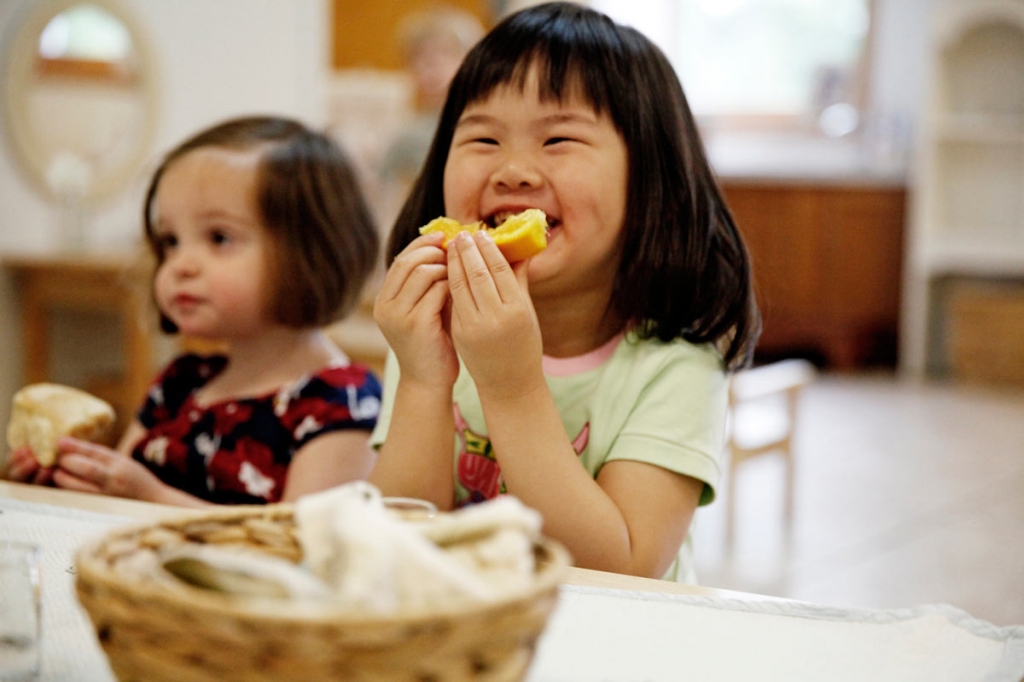
2. The Nuggets
Nuggets can be defined as small, circumscribed areas of the brain that perform a specialized function. A good example of a specialized function is reading. specialized function is reading. Reading is a cognitive function that requires the coordinated use of more than one nugget. Reading does not happen in one spot in the brain; it’s the coordination of multiple spots that cover things like letter and word recognition, phonological processing, and language comprehension. Somehow, Maria Montessori knew about these nuggets. [pullquote]Somehow, Maria Montessori knew about these nuggets.[/pullquote] The Montessori reading curriculum is astonishingly dead-on in helping developing brains condense the nuggets that perform these certain functions.
3. Getting a Grip
In a Montessori classroom, a child will learn how to grip an object using
the Bailey’s two-point pencil grasp through doing cylinder work: the little
handles attached to the cylinders require that sort of handling. [pullquote]This is an example of how the networks in your brain function.[/pullquote] When the child then moves on to writing, they know how to hold a pencil as a result of all the time they spent handling the cylinders. This is an example of how the networks in your brain function. The novel task of holding a pencil is supported by previous activities.
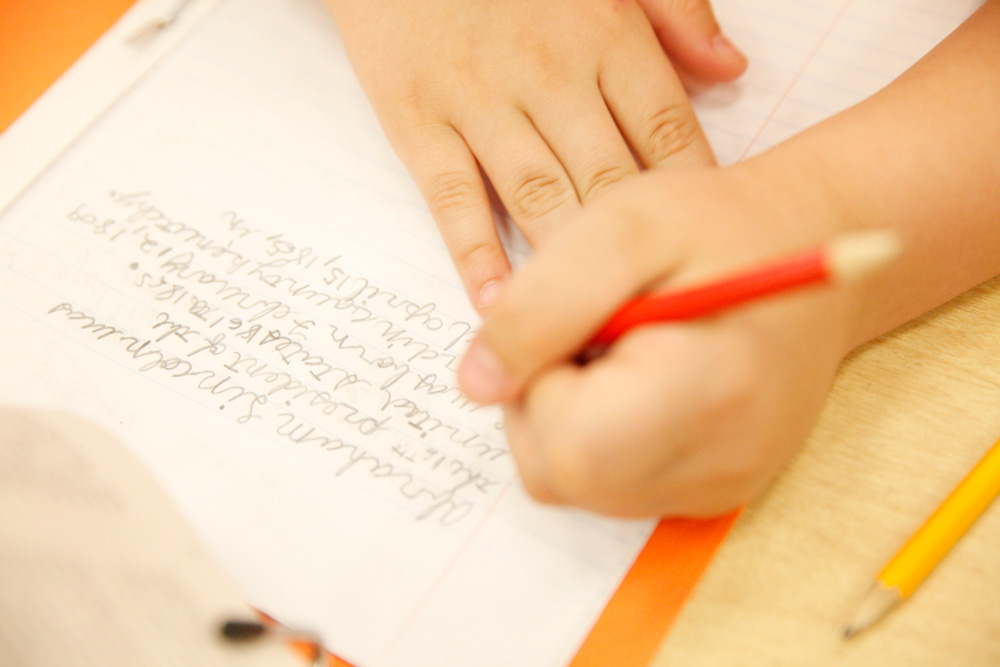
4. The Result
Maria Montessori wrote late in her career about characteristics that emerged everywhere in the world of children that came out of these Montessori environments. They had a love of order, of work, of silence, and of being alone. They had profound concentration abilities. They demonstrated appropriate obedience, not obsequiousness. They showed independence and initiative, and they had spontaneous self-discipline. They were well-attached to reality, and they were joyful.
Again, you can read the full article from Dr. Hughes here.
CDS students take Standardized Achievement Tests several times per year and score competitively with similar peers on the North Shore. And yet our emphasis is not on test taking: We are an academically rigorous program fortified by a commitment to character growth.
The Measure of Academic Progress Test
MAP Test (Measures of Academic Progress created by Northwest Evaluation Association) Score Comparison Graphs
School Year: 2014-2015. Download the full PDF report here.
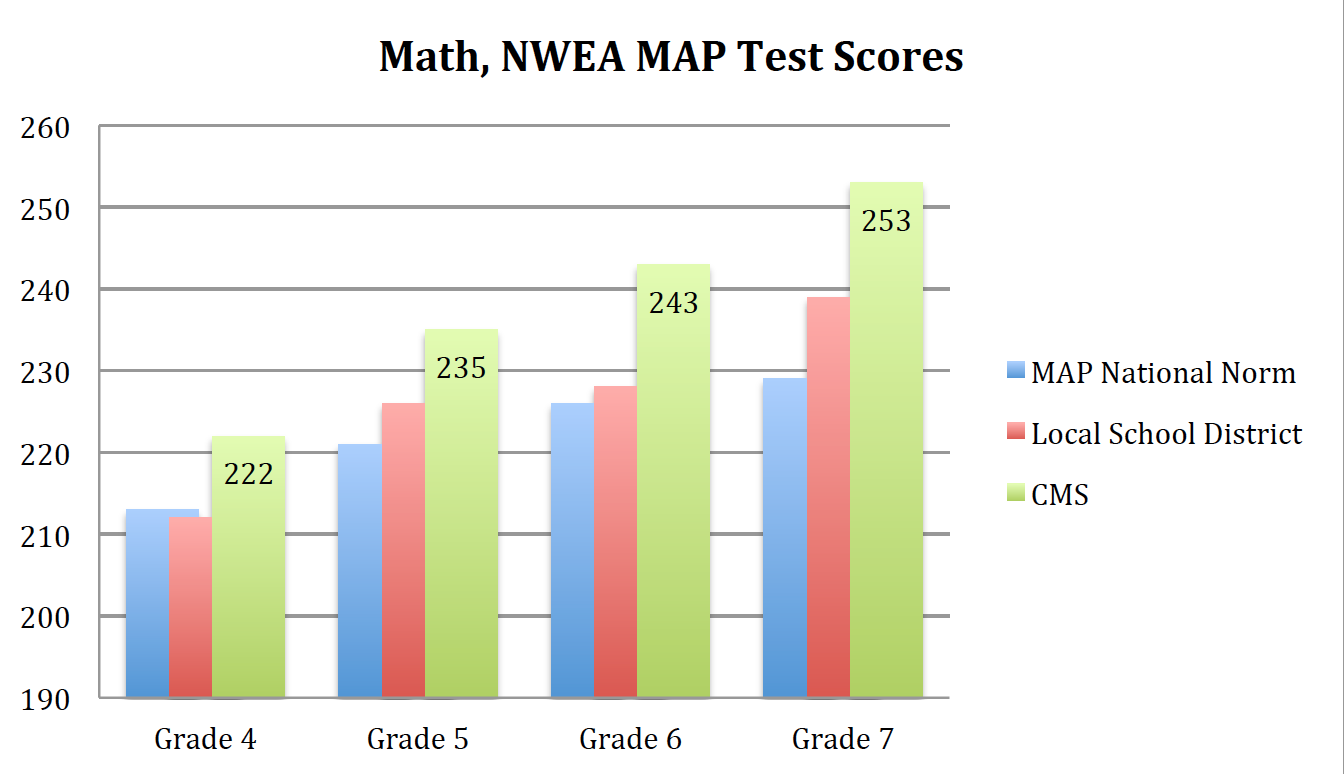
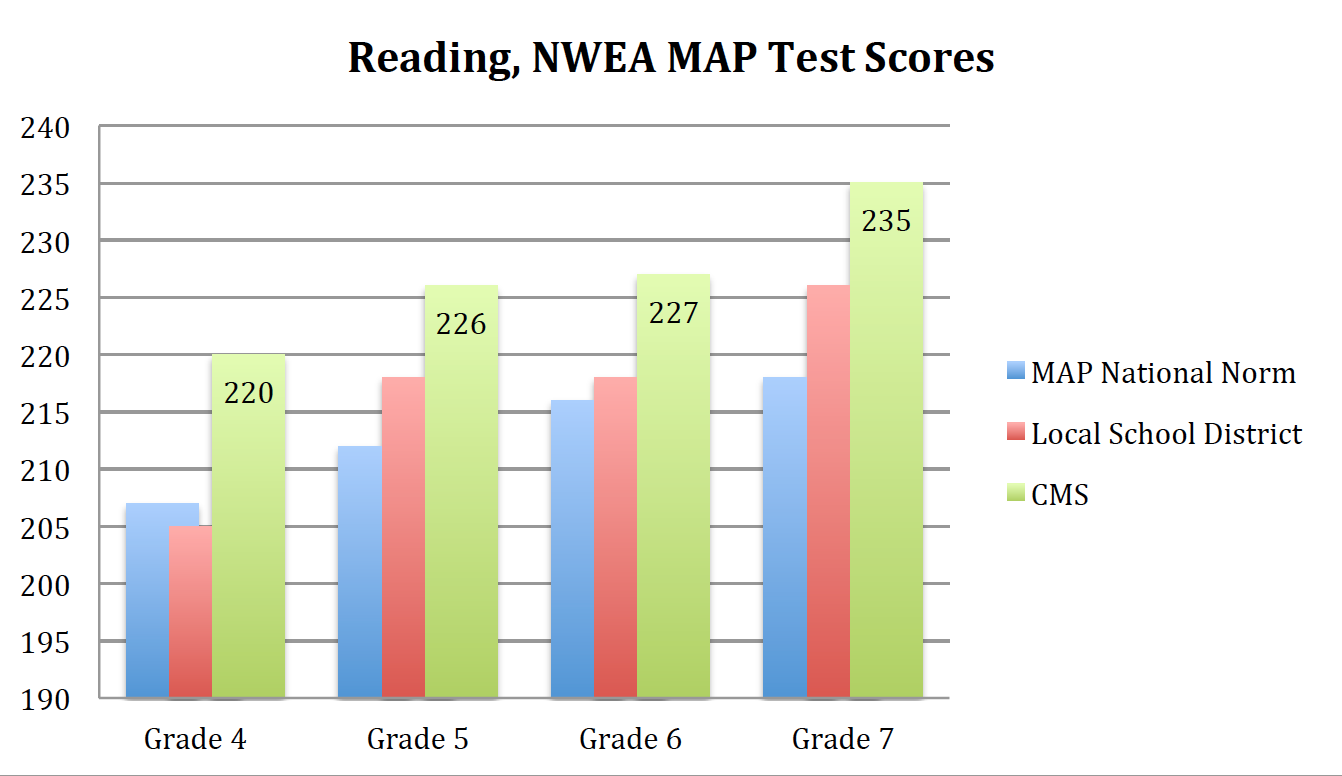

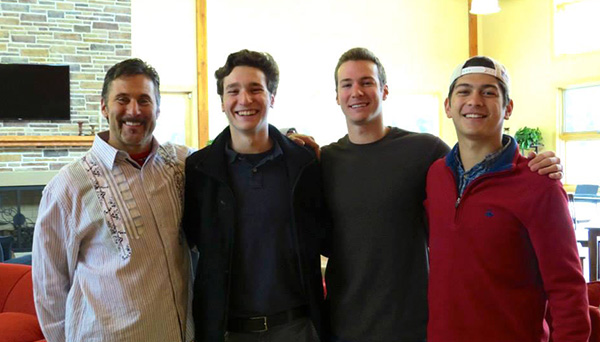
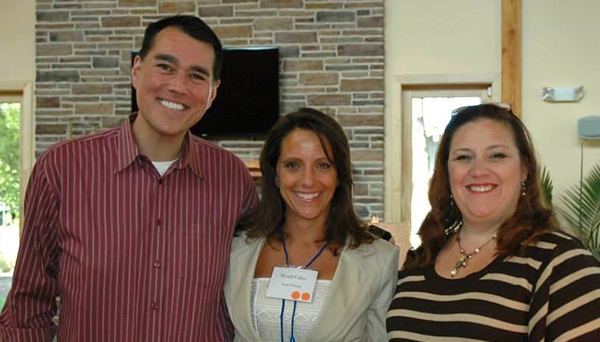



Leave a Comment